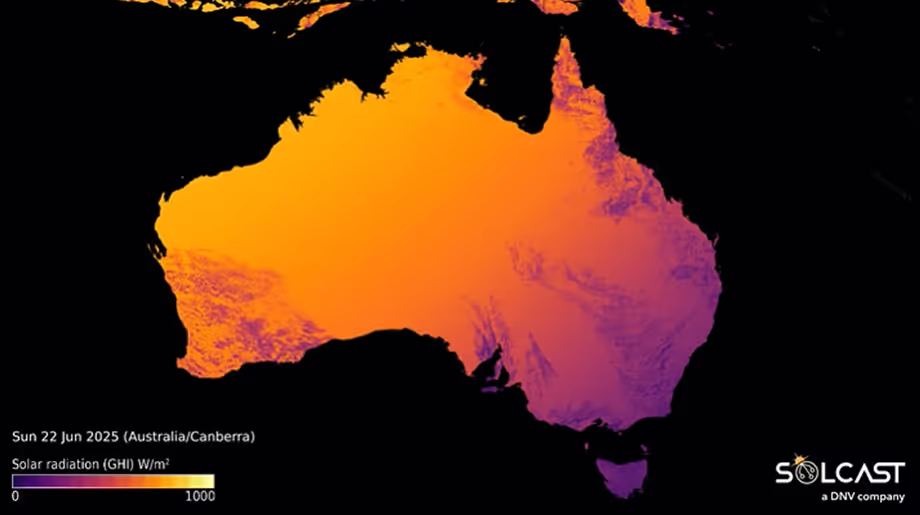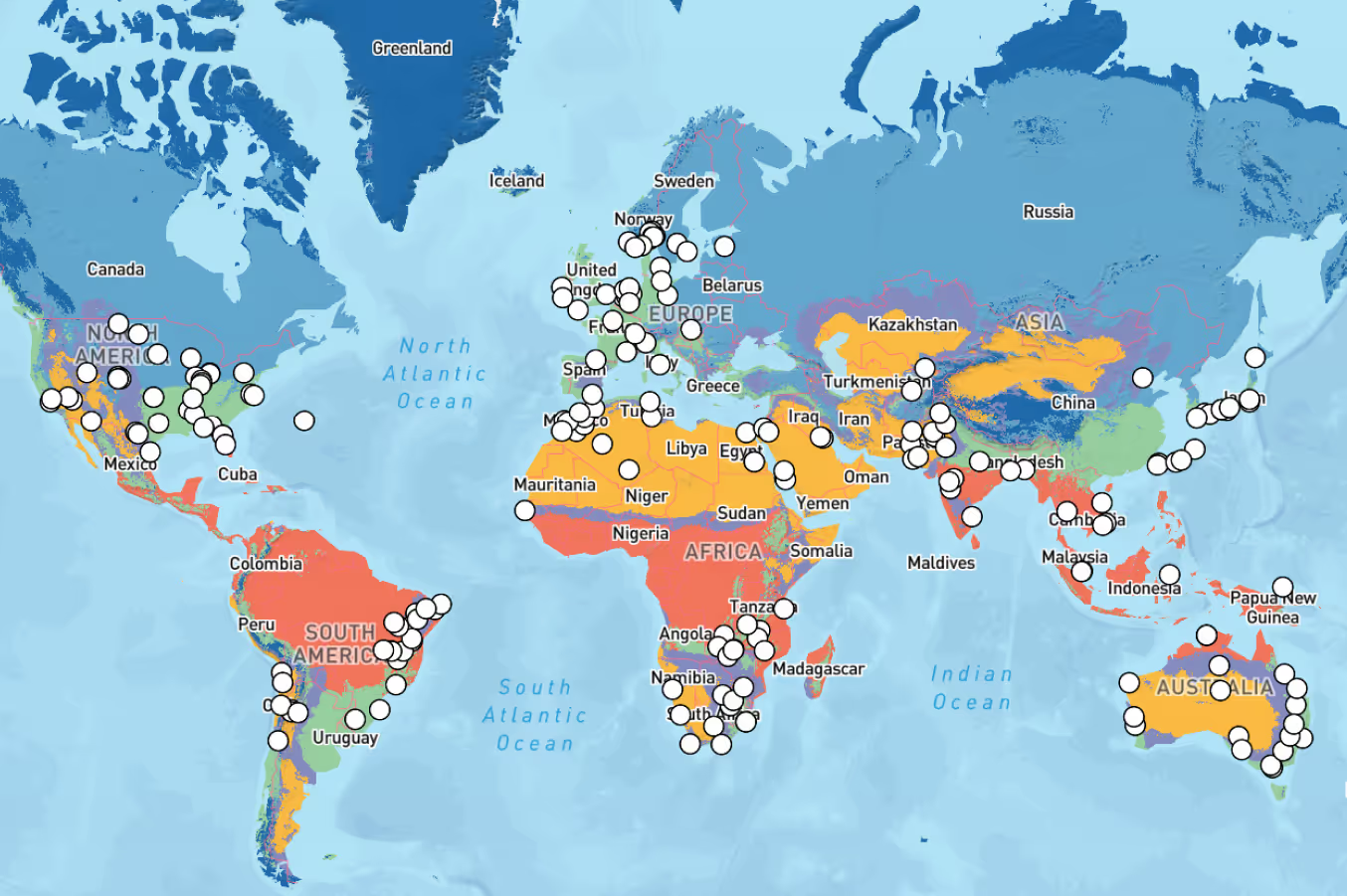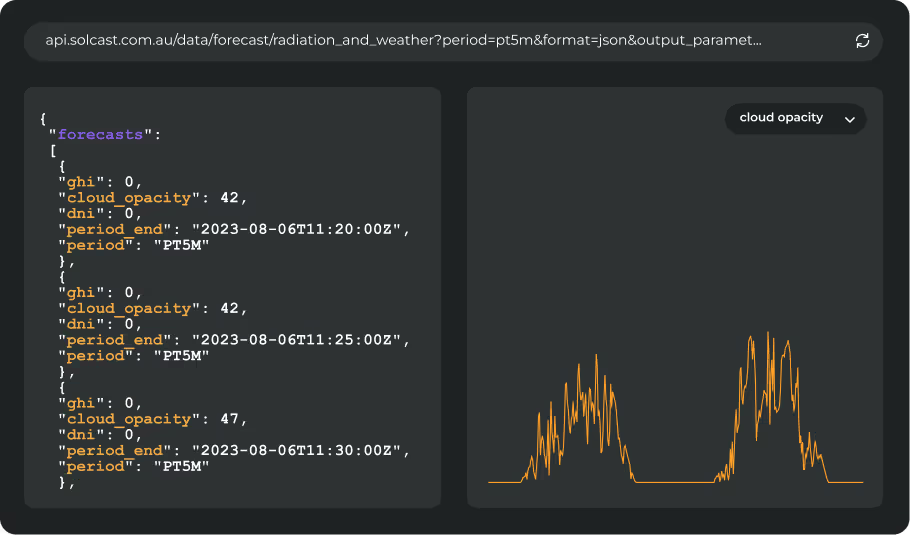Seasonal forecasts for the upcoming winter point towards drier and sunnier conditions for key solar regions of Texas, California, the Southeast, Mexico and Brazil. Forecasts show broad agreement for reduced precipitation and cloudiness across broad areas of North and South America, excluding Central America and remote parts of Canada.
The forecast is driven by a forecast of borderline La Niña conditions in the tropical Pacific ocean, whereby tropical convection favors the far western side of the ocean. In turn, the reduced convection over tropical eastern Pacific waters leads to reduced cloud and storm activity downstream over the adjacent subtropical and mid-latitude continental areas of North and South America where solar resources are located.
The current consensus between modeling agencies leans towards “neutral” conditions (i.e. neither El Niño or La Niña), but on the La Niña side of the spectrum. Most models suggest that whilst conditions should remain largely within the neutral range, there is a small chance of La Niña becoming stronger. US agency NOAA stands out as one of the few agencies still predicting La Niña conditions to develop during the winter. This marks a shift from earlier forecasts that had anticipated more movement away from neutral conditions.

Whilst models differ as to the strength of the borderline La Niña conditions in the Pacific ocean, these same model forecasts are showing quite good agreement on the resulting cloud and precipitation impacts over nearby land areas. This is especially true for the United States and Mexico, where reduced precipitation is forecast, meaning reduced cloud and favorable conditions for solar generation are likely. However, in Central America, projections are less favorable, with above-average precipitation expected in many areas likely to impact solar production. In South America, the picture is less uniform. While key solar generating regions of Brazil, Uruguay and Argentina are forecast to experience drier-than-usual conditions, other parts of South America show less consensus among meteorological models, indicating that solar producers and grid operators should expect more varied conditions across the continent.

Despite this consensus between models for the likely impact on clouds and precipitation across North America, when we look at similarly neutral-to-weak La Niña years in recent history, we see a less consistent pattern, including some areas such as Texas having the opposite anomaly - more clouds and precipitation. This analysis highlights the inherent uncertainty in seasonal-range forecasting, and also highlights that La Niña is not the only phenomenon affecting the seasonal climate conditions. For example, changes in tracks of arctic storms can also influence winter conditions over the US, and these changes are not predictable more than about 3 to 4 weeks ahead at most.
.avif)










.avif)


